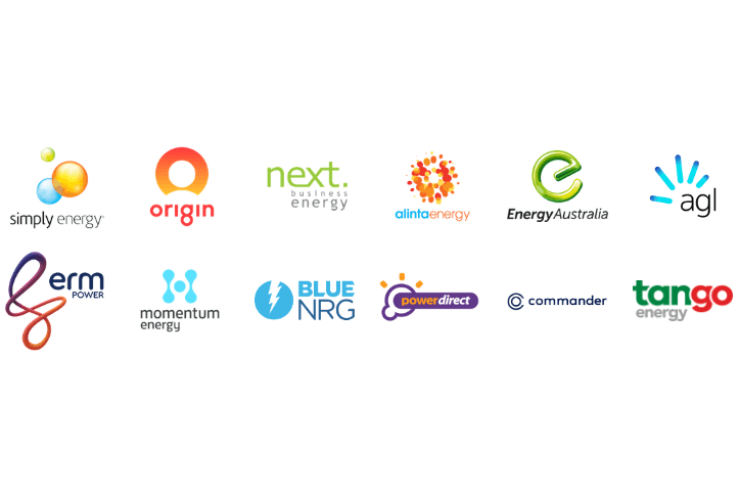Fast read
Understanding your energy provider is crucial for managing costs and ensuring reliable service. To identify your provider, check your latest energy bill, contact your local utility company, or log into your online account. When choosing a new energy provider, consider pricing, renewable energy options, customer service, and additional benefits.
Switching providers involves comparing options, checking for exit fees, contacting the new provider, and monitoring your first electricity bills for accuracy. Make informed decisions to optimise your energy usage and find a provider that suits your needs.
Who is My Energy Provider?
It can be confusing to know who provides your energy with so many options available in today’s market. However, having a clear grasp of your energy provider is essential for managing your energy costs, ensuring reliable service, and making informed decisions about your energy consumption. This article will help you find out who supplies your energy and provide tips for choosing or changing providers.
What is an Energy Provider?
An energy provider is a company that supplies electricity or gas to your home or business. These companies are responsible for purchasing energy from the wholesale market and delivering it to consumers.
The energy market has two parts. The wholesale market is where energy is produced and sold. The retail market is where energy is sold to consumers by providers.
How to Identify Your Current Energy Provider
If you’ve recently moved into a new home or simply want to confirm who your energy provider is, here are some steps to help you identify them:
1. Check Your Energy Bill
The most straightforward way to identify your energy provider is by checking your latest energy bill. Your bill will have all the important information about your provider, like their name, contact details, and customer service number. If you receive both electricity and gas, you might have two separate providers, so check both bills.
2. Contact Your Local Utility Company
If you don’t have access to an energy bill, you can contact your local utility company. Utility companies provide the power lines and gas pipelines that bring energy to your home. They can provide information about which company supplies your energy.
3. Online Account or App
Many energy providers offer online accounts or mobile apps for their customers. If you signed up for an online account, you can log in to see your provider info, usage history, and bills. This method is convenient and provides a wealth of information at your fingertips.
4. Moving into a New Home
When moving into a new home, the previous occupants’ energy provider might still be supplying energy to the property. In this case, you should contact the provider to set up a new account in your name or arrange for a transfer of service.

What to Consider When Choosing an Energy Provider
Selecting the right energy provider can have a significant impact on your energy costs and overall satisfaction. Here are some factors to consider:
Pricing and Plans
One of the most important aspects to consider is the pricing and plans offered by different providers. Look for competitive rates and flexible electricity plans that suit your energy consumption patterns. Some providers offer plans with fixed energy prices, while others offer plans with prices that can change based on the market.
Renewable Energy Options
With growing concerns about environmental sustainability, many consumers are interested in renewable energy options. Check if your energy provider offers green energy plans that source electricity from renewable sources like wind, solar energy, or hydroelectric power. These plans may sometimes be slightly more expensive, but they contribute to reducing your carbon footprint.
Customer Service
Good customer service is crucial for a positive experience with your energy provider. Look for providers that have a reputation for responsive and helpful customer support. You can check online reviews, and customer satisfaction ratings, and even ask friends or family for recommendations.
Additional Services and Benefits
Some energy providers offer additional services and benefits, such as energy efficiency programs, smart home integration, and rewards programs. These extras can add value and enhance your overall experience with the provider.
Contract Terms and Conditions
Before signing up with an energy provider, carefully read the contract terms and conditions. Pay attention to the length of the contract, any early termination fees, and the process for renewing or switching plans. Understanding these details can help you avoid any surprises down the road.

Switching Energy Providers
If you’re not satisfied with your current energy provider or simply want to explore better options, switching providers can be a viable solution. Here’s a step-by-step guide to help you through the process:
Compare Providers
Start by comparing different energy providers in your area. Use online comparison tools, which allow you to input your location and energy usage to find the best deals. Consider factors like pricing, customer reviews, and additional benefits.
Check for Any Exit Fees
Before switching, check if your current contract has any exit fees or penalties for early termination. These fees can sometimes offset the savings you might gain from switching providers.
Contact the New Provider
Once you’ve chosen a new energy provider, contact them to initiate the switch. They will guide you through the process and may even handle the cancellation with your current provider on your behalf.
Confirm the Switch
After you’ve completed the necessary steps, your new provider will confirm the switch and provide details about your new plan. Ensure you receive written confirmation of the switch, including the start date and any terms you need to be aware of.
Monitor Your First Bills
Check your first bill from the new energy provider carefully to make sure everything is correct. Check the rates, any applied discounts, and the billing period. If there are any discrepancies, contact the provider’s customer service for clarification.
Conclusion
Identifying and understanding your energy provider is essential for managing your energy needs effectively. By knowing who supplies your energy, you can make informed decisions about your usage, costs, and the quality of service you receive.
If you’re trying to decide whether to stick with your current energy provider or switch, consider these factors. They can help you make a confident decision. Always remember to compare options, read the fine print, and choose a provider that aligns with your values and needs.



